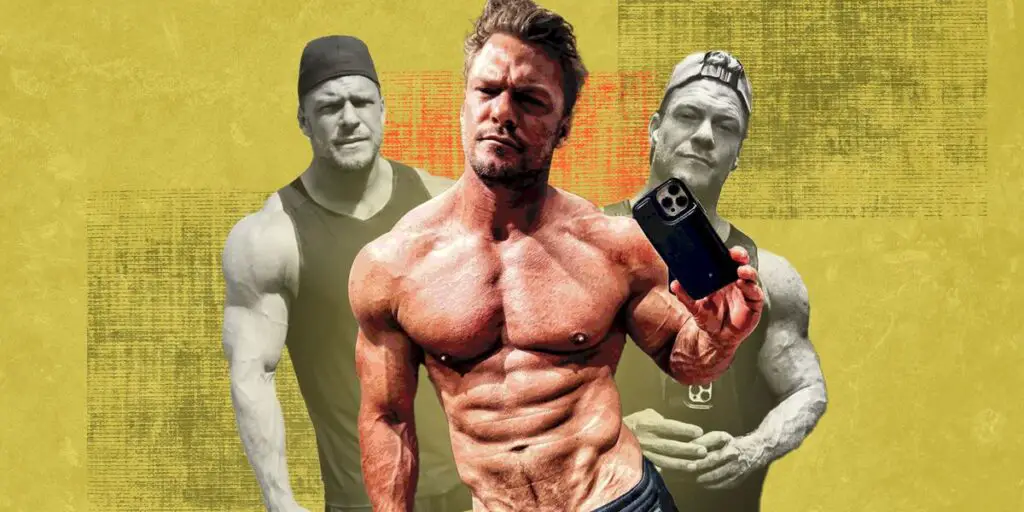anyone who has Watched Prime Video’s latest hits Reacher You’ve probably noticed a distinct difference in star Alan Ritchson’s aesthetic between season one and season two. he has grown up. It’s an important time.
The gain came after a call from co-production company Skydance Television. ReacherRitchson revealed in his After Season 1 ended men’s health cover story. He had lost too much weight, they told him.
He tried to maintain a lifting regime while filming, but was on set almost seven days a week. It took a toll on his body. By the end of the first season, he was “completely exhausted, broken” and dealing with an injury to his shoulder. Luckily, there was a full year and a half off between the two seasons.
A few months after taking a leave of absence, Ritchson’s doctor suggested he try testosterone replacement therapy (TRT). Testosterone plays a role in hair growth, sex drive, red blood cell production, and (of course) maintaining muscle mass. TRT is designed to increase testosterone levels in the body of people who have low levels of the key hormone. There are several types, including injections, topical gels, cream patches, tablets, and even nasal sprays, each with different side effects.
Ritchson started the therapy under his doctor’s supervision and says it has been much easier to gain muscle mass. However, that doesn’t mean he doesn’t put a lot of effort into his time in the gym. “People can think what they want, but I train very hard,” he says.
His work also paid off, and when he returned to the show in season two, his growth was well-known. Fans have taken notice of his new aesthetic, and while some approve, others don’t. One Redditor wrote, “The grizzled look suits me better than season 1.” “He seems to have grown into the role.”
And now, his new physique is sparking buzz that he might meet the rules for future superheroes. But Ritchson doesn’t care that TRT helped him get to this point. In his cover story, he joked about someone calling it “doctor’s-cleared steroids.”
“I think so,” he says now. “I didn’t even know that it was considered an anabolic steroid for some people. It was just, ‘There was a hormone that I was missing and I needed it.’
Cori Ritchey, NASM-CPT, is the Health & Fitness Associate Editor at Men’s Health and a certified personal trainer and group fitness instructor. You can find more of her work at HealthCentral, Livestrong, Self, and more.
